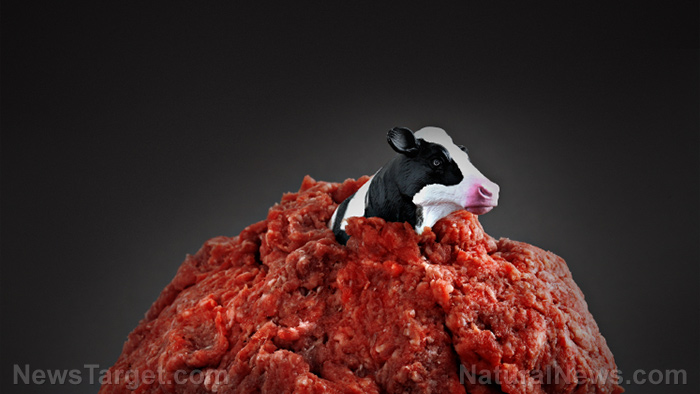
Statistics indicate that close to 2 million Americans are currently infected with drug-resistant bacteria each year, resulting in the deaths of around 23,000 people. And these figures are likely to soar in the near future.
Experts have identified three key driving factors behind the antibiotic crisis: Overuse of antibiotics by humans; misuse of antibiotics, including to prevent illness in farm animals; and a lack of interest by pharmaceutical companies in developing innovative new antibiotics to treat these deadly bacteria.
Doctors have been working hard to educate their patients about only using antibiotics for bacterial infections, not viruses, and even then, only when truly necessary. Nonetheless, to start turning the tide of the antibiotic crisis, far more emphasis will have to be placed on addressing farming practices.
Sustainable Table reports that fish, poultry and livestock in this country are routinely administered antibiotics to prevent illness and to promote growth. In fact, 80 percent of all antibiotics administered in the United States are given to farm animals. Only a measly 20 percent of antibiotics consumed annually actually go to humans.
The U.K.’s Daily Mail recently revealed that a report by the United Nations (U.N.) is now warning that, in addition to being fed directly to animals, these antibiotics are also ending up in the world’s waterways, and from there, spreading far and wide. This is escalating the antibiotic crisis and putting millions of lives at risk. (Related: Fight antibiotic-resistant superbugs with these six powerful and natural alternatives to antibiotics.)
“Around the world, discharge from municipal, agricultural and industrial waste in the environment means it is common to find antibiotic concentrations in many rivers, sediments and soils. It is steadily driving the evolution of resistant bacteria,” warned Erik Solheim, the U.N.’s environment chief.
The U.N. is urging that antibiotics only be prescribed as a last resort in humans, and never in animals.
“So far, a lot of attention has focused on reducing antibiotic use, and that is a key factor, but it's equally important to understand more about how resistance is spread through our natural environments, so that we can find ways to prevent that happening,” noted William Gaze, an associate professor at the University of Exeter, who contributed to the report.
A report by the National Institutes of Health (NIH), explained that humans ingest antibiotics whenever they eat the meat of animals which have been administered antibiotics. This results in the transfer of resistant bacteria – a problem which was recognized by scientists nearly four decades ago. (Related: Be prepared and stay up-to-date with Superbugs.news.)
The report notes:
1) [A]ntibiotic use in food-producing animals kills or suppresses susceptible bacteria, allowing antibiotic-resistant bacteria to thrive; 2) resistant bacteria are transmitted to humans through the food supply; 3) these bacteria can cause infections in humans that may lead to adverse health consequences.
Additionally, nearly all the antibiotics consumed by these animals – up to 90 percent – are excreted in their urine and stools, and then “widely dispersed through fertilizer, groundwater, and surface runoff.”
Alarmingly, in spite of knowing that we are on the brink of an outright antibiotic apocalypse, farmers do not seem to be changing their practices.
According to an earlier Natural News article, a report published this year in the journal Science, warned that antibiotic use in animals raised for human consumption is expected to rise by 52 percent by 2030.
Clearly, drastic steps need to be taken – and quickly – if we are to stem the tide of the antibiotic crisis.
Sources include:
Please contact us for more information.

















